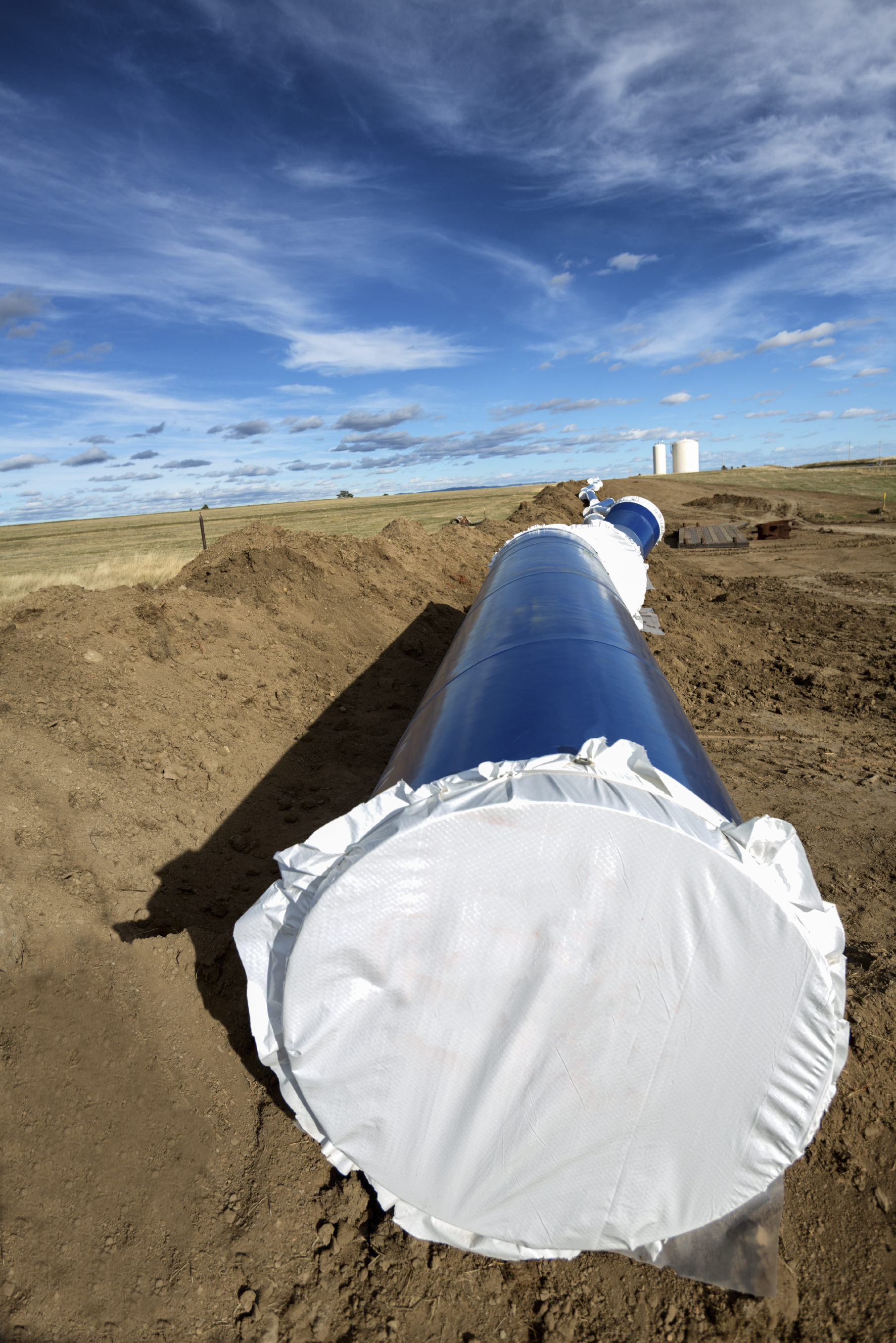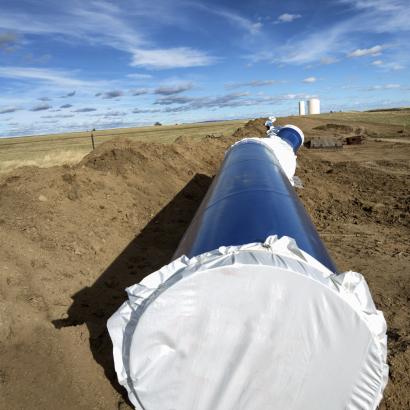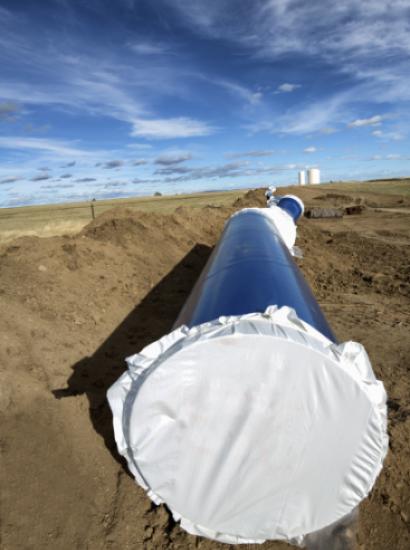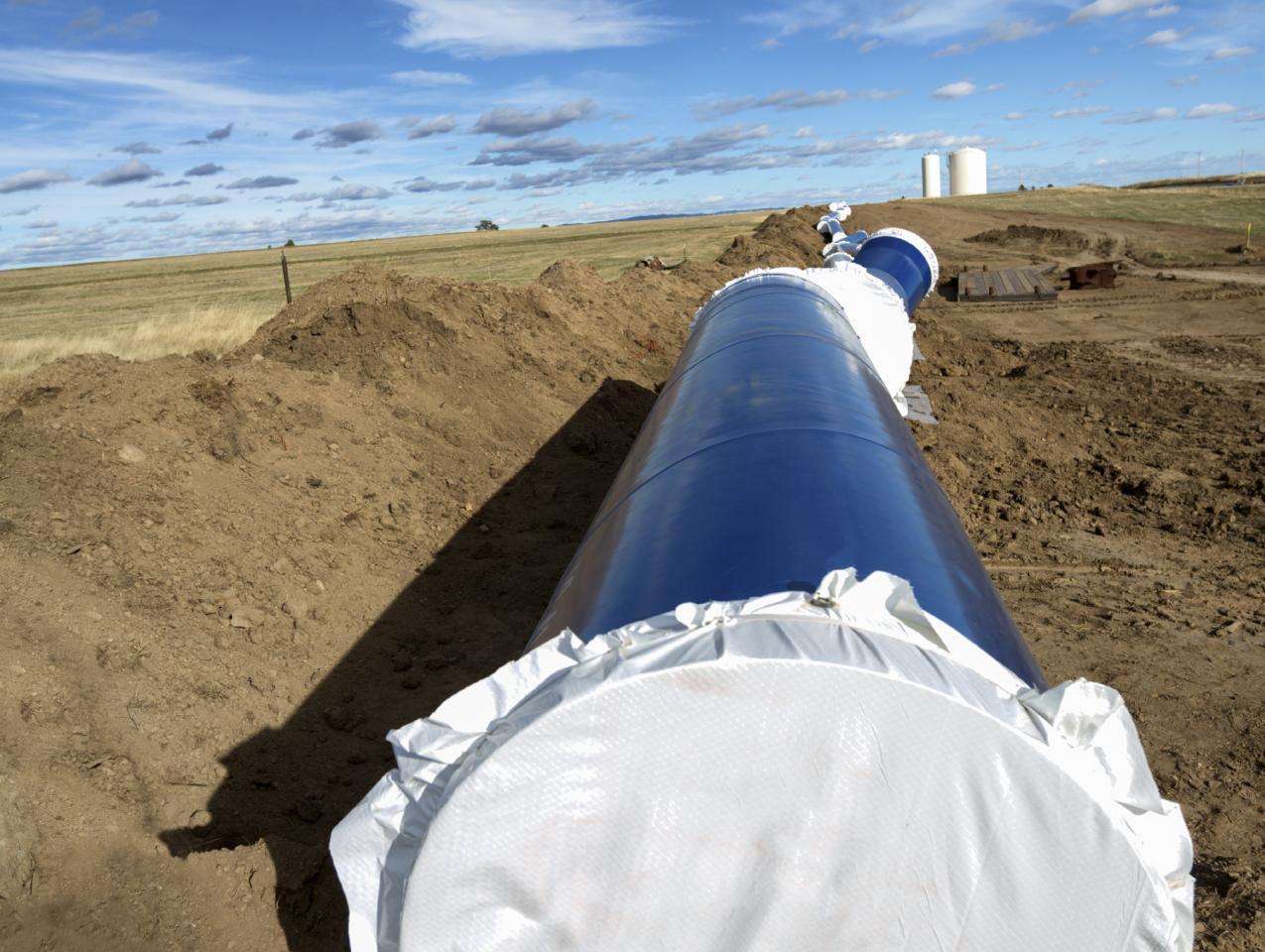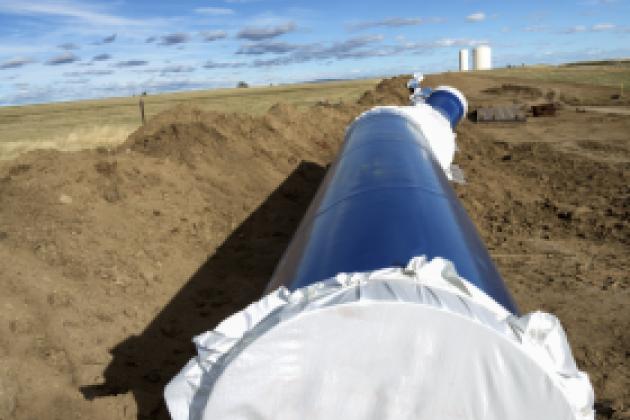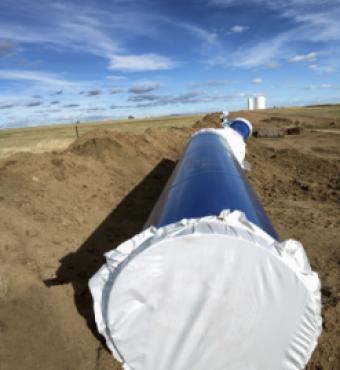- Energy & Environment
The House Natural Resources Committee is conducting an ongoing examination of the National Environmental Policy Act of 1970 (NEPA). President Richard Nixon signed NEPA, often hailed as the Magna Carta of environmental law, to great fanfare in 1970. The legislation contains two key provisions. Section 101 sets out in broad terms Congress’s “continuing policy” to require federal, state, and local governments “to create and maintain conditions under which man and nature can exist in productive harmony” for the benefit of “present and future generations.” The law envisions the government acting as a “trustee of the environment,” charged with ensuring that the environment is used “without degradation, risk to health or safety, or other undesirable and unintended consequences.”
Next, section 102 specifies a set of procedures by which all government agencies must prepare statements to accompany “proposals for legislation or other major Federal actions significantly affecting the quality of the human environment.” These statements must include a general assessment of the project’s environmental effect, coupled with an analysis of “adverse environmental impacts which cannot be avoided should the proposal be implemented.” NEPA contains no substantive requirements, but it does force government agencies to ensure that the proposed project meets the substantive standards of statutes such as the Clean Water Act. The agency must therefore point out any “irreversible and irretrievable commitments of resources” on program implementation, with a view to examining alternative plans that meet these standards.
Under current law, the government agency must decide whether it should file an Environmental Impact Statement (EIS). In doubtful cases, the agency prepares an abbreviated Environmental Assessment (EA). If that EA makes a finding of no significant impact, or FONSI, then no further steps need to be taken. But if it finds that there is a significant impact, then the agency has to prepare a detailed EIS to establish that the proposed project meets the applicable substantive standards.
As drafted, NEPA contains no provision that allows private parties to challenge agency decisions in court. Instead, the NEPA approval process is a matter for internal agency consultation and deliberation that takes into account comments submitted by any interested parties. One year after its passage, NEPA was turned upside down in a key decision by Judge J. Skelly Wright of the D.C. Circuit Court of Appeals. In Calvert Cliffs’ Coordinating Committee v. U.S. Atomic Energy Commission, Wright read the law as giving private parties the right to challenge government actions. Indeed, Wright welcomed such challenges, writing (admiringly) that the change, “promises to become a flood of new litigation—litigation seeking judicial assistance in protecting our natural environment.”
Giving private parties the right to challenge an agency decision grants enormous leverage to the private parties most opposed to letting projects go forward. In the case of nuclear power, delay became the order of the day, as the D.C. Circuit on which Judge Wright sat arrogated to itself the power to find that any EA or EIS was insufficient in some way, so that the entire project was held up until a new and exhaustively updated EIS was prepared—which could then be duly challenged yet again in court. The delays became still longer when the proposal was before government agencies whose sympathies were aligned with those of protesting parties.
The endless delays are often justified on the ground that any new project should be regarded as an environmental blight until shown otherwise. Even though NEPA requires any EA or EIS to take into account the environmental benefits of new projects, the applicable practice routinely cuts in the opposite direction by flyspecking tiny defects while ignoring offsetting benefits entirely.
In defending the current go-slow reading of NEPA, its supporters claim it is only “a procedural” statute that, it is argued, simply admonishes government planners “to look before they leap.” In the abstract, the exhortation sounds like a simple counsel of prudence. But in reality, it conceals major defects in the current administration of the law. The objection to the current administrative action under NEPA does not rest on the silly and dangerous position that the government has no role to play in preventing pollution and similar ills before they occur. Injunctive relief against actual or threatened pollution has been a stable of all common law and administrative systems since well before NEPA. Thus, private parties have been routinely allowed to enjoin private nuisances before their land was fouled by pollution from a nearby factory or other facility. Similarly, for centuries, governments at all levels could respond to public nuisances with both fines and injunctions against parties who blocked public highways or polluted rivers. At the same time, private parties were allowed to sue to recover damages post hoc for the “special losses” that they suffered from the commission of that nuisance.
These earlier actions assumed the actual or impending commission of a public nuisance. Under NEPA, it is critical to adapt the earlier practice to deal with construction of new projects. At this point, the key issue is the timing and choice of legal remedies. NEPA wrongly became a roaring tiger because it has been interpreted to allow injunctions against any work taking place on a new project until every conceivable mishap, no matter how remote, is thoroughly analyzed. This premature remedial intervention can put new projects on hold forever. The far more sensible approach would be to let work on a project begin once its major features meet customary safety standards. As the project proceeds, standard inspections by both government and private parties can uncover serious construction risks that can then be corrected in the ordinary course of business.
By taking this simple approach, endless amounts of time and money can be saved by ignoring the evaluation of remote contingencies that never come to pass. It is wrong therefore to say that NEPA is needed to make sure that people look before they leap. Quite simply, a sensible process involves no leaps, but only gradual steps that are subject to sensible and continuous oversight. Unfortunately, today endless delays are typical because courts routinely impose a standard remedy of “vacatur” that allows them to stop any project in its tracks until any of the minor defects in the EA or EIS are fixed.
The dangers of the current NEPA procedure were all too evident in the approval process for the construction of the 1,172-mile Dakota Access Pipeline (DAPL), and its offshoot, the 163-mile Bayou Bridge Pipeline, projects I have already defended on behalf of the GAIN Coalition. Both pipelines are capable of transporting close to 500,000 barrels of crude oil per day by incorporating state-of-the-art technologies that make them far safer than the alternative means used for shipping crude oil long distances: the railroads and trucks that create logistical nightmares and are capable of causing catastrophic spills, and the older pipelines that are still in service. These new pipelines are carefully routed through terrain in order to minimize the risk of environmental disruption from new construction, often by collocating new facilities near existing ones.
Nonetheless, the completion of DAPL has been delayed by fierce objections from both Native American groups and environmental groups. Under NEPA, they have legal standing to object to any proposed project by pointing to improbable risks while ignoring the undisputed gains in safety and efficiency that these pipelines promise. The pipelines have received contingent reprieves under a judicial exception to vacatur that can allow a project to go forward while the applicable government agency—in this case, the Army Corps of Engineers—fixes the supposed gaps in its EIS, often with the cooperation of the private owner of the new facility.
Is it really necessary to run a detailed study to determine whether mandates of “environmental justice” were met on behalf of minorities and low-income people when the pipeline is of uniform quality across its entire length? And should one try to hold up a pipeline because it necessarily involves the permanent displacement of under 300 acres of wetlands, even though, as was known from the outset, these constitute only 0.03 percent of the 1.4 million acres of wetlands in the Atchafalaya Basin alone? The sustained objection to the pipelines is driven not by any concern for safety, but by an overarching effort to use the NEPA process to stop the production, distribution, and use of fossil fuels.
NEPA thus needs to be cut down to size. For starters, courts should reject Calvert Cliffs. Today’s courts must be much more sensitive to the necessary trade-offs before overturning the detailed factual findings that government agencies make on technical matters in approving projects. In addition, courts should be reluctant to stop projects because of some gap in an EA or EIS. Instead, they should let the needed corrections take place as the work goes on. And third, they must explicitly take into account the major environmental, economic, and political gains that the project has to offer, such as the removal of more dangerous modes of transportation in the case of the pipelines. It is foolhardy to worry about the risks of moving too fast, when often the greater peril lies in moving too slow. The law under NEPA is out of whack. Congress and the EPA should work hard to restore a proper balance.







